A business plan is a document that outlines the key aspects of a business, including its goals, strategies, and financial projections. It is typically used to help a business secure financing, attract investors, and guide decision-making.
To create a business plan for a small NDIS (National Disability Insurance Scheme) provider, you should first conduct market research to understand the current state of the NDIS market and identify potential opportunities for your business. This can include researching the types of services that are in high demand among NDIS participants, as well as the competitors in your area and their pricing and offerings.
Once you have a clear understanding of the market and your potential customers, you can begin to develop your business plan. This should include a detailed description of your business, including its mission, services, target market, and competitive advantage.
You should also include a financial plan that outlines your projected revenues and expenses, as well as any financing you may need to launch and grow your business.
In addition, your business plan should include a marketing plan that outlines how you will promote your services and reach potential customers. This can include a mix of online and offline marketing strategies, such as social media advertising, email marketing, and targeted outreach to NDIS participants and their families.
Overall, a successful business plan for a small NDIS provider should be clear, concise, and realistic, and it should provide a roadmap for the growth and success of your business.
Elements
Executive Summary:
Provide an overview of your business, its mission, and its unique selling proposition.
To truly stand out in the competitive NDIS market, businesses must identify and leverage their unique selling proposition (USP). The USP is what sets a business apart from competitors by offering something distinctive and valuable. This could be a unique service offering, specialized expertise, a personalized approach, or any other aspect that gives the business a competitive edge. By clearly communicating this USP to potential clients, businesses can ignite their brilliance and attract those who are seeking the unique solutions they have to offer.
In addition to a compelling mission statement and a well-defined USP, it is equally important for NDIS providers to have a thorough understanding of the market they operate in. By conducting market research and staying updated on the latest trends and developments, businesses can identify opportunities for growth and expansion. This knowledge is crucial for making informed decisions and crafting effective strategies that align with the evolving needs of the NDIS participants and the broader disability support ecosystem.
Crafting a Compelling NDIS Provider Business: Mission, USP, and More!
Crafting a compelling NDIS provider business requires a careful blend of understanding the market, articulating a clear mission statement, and communicating a unique selling proposition. By unleashing the potential of these elements, businesses can ignite their brilliance and attract clients who resonate with their purpose and offerings. In a rapidly evolving disability support landscape, it is crucial for NDIS providers to constantly refine and adapt their strategies to stay ahead of the competition and create a lasting impact in the lives of the individuals they serve.
With a magnetic business presence, NDIS providers can forge a path towards long-term success.
Describe your business, its legal structure, location, and history.
Explain the products or services you offer and highlight your competitive advantage.
When crafting a business plan, begin by providing a detailed company description. This section should introduce your business, providing valuable insights to potential investors, partners, and clients. Describe your NDIS provider business, emphasizing your mission, vision, and core values. Explain the problem you aim to solve and outline how your services or products contribute to addressing this issue. By clearly articulating your company’s purpose, this section helps create a strong foundation for the rest of your business plan.
Describe your business’s legal structure:
Detailing your business’s legal structure is an essential aspect of your business plan. Whether you are operating as a sole trader, partnership, company, or non-profit organization, this information helps stakeholders better understand your operations and governance. Outline the ownership structure, management team, and board structure, if applicable. Clearly stating your legal structure demonstrates transparency, professionalism, and an understanding of the legal obligations and responsibilities associated with your business.
Describe your location and history:
Providing information about your business’s location and history showcases your presence in the NDIS industry. Describe where your business is situated and highlight any specific advantages or unique features related to your location. Additionally, delve into the history of your business, discussing how it was established, key achievements, and milestones. This section allows potential partners and investors to gain a better understanding of your business’s longevity and growth trajectory.
Explain the products or services you offer:
In this section, explain the products or services your NDIS provider business offers. Clearly define the features, benefits, and purpose of your offerings. Showcase how your products or services cater to the specific needs of NDIS participants, exhibiting an in-depth understanding of the market. Provide examples of successful outcomes or testimonials from satisfied clients to further validate the effectiveness and quality of your offerings.
Highlight your competitive advantage:
To set your NDIS provider business apart from competitors, it is crucial to highlight your competitive advantage. This section should emphasize what makes your business unique and superior in the market. Identify the factors that give you an edge, such as specialized expertise, innovative approaches, exclusive partnerships, or superior customer service. Clearly articulating your competitive advantage showcases your value proposition and why potential clients should choose your business over others.
Discuss SWOT analysis:
Conducting a SWOT analysis is a valuable exercise to assess your NDIS provider business’s strengths, weaknesses, opportunities, and threats. In this section, clearly outline each element of the analysis, providing detailed insights backed by data or real-life examples. Identify areas you can capitalize on, areas that need improvement, potential opportunities for growth, and any external threats that could impact your business. By carefully analyzing these factors, you can develop strategies and action plans to leverage your strengths and mitigate potential risks.
Market Analysis:
Understanding the NDIS and its Market
The National Disability Insurance Scheme (NDIS) is an Australian government initiative that provides funding and support for people with disabilities. As an NDIS service provider, it is crucial to conduct thorough research on the target market to develop a robust business plan. This article will explore the various aspects of researching the target market for an NDIS business plan, including demographic analysis, identifying trends, competitor analysis, and meeting audience needs.
Organization and Management:
Outline the structure of your business and introduce key personnel. Include resumes or profiles of key team members and their roles.
Structuring your NDIS provider organization and identifying key personnel and their roles is crucial for the success and effectiveness of your organization. In this article, we will provide an overview of the NDIS provider organization structure and the roles and responsibilities of key personnel. We will also highlight the profiles of NDIS provider organization leaders and discuss the importance of having an effective organizational structure to maximize client outcomes. Finally, we will provide some valuable tips for building an efficient NDIS provider organization.
Product or Service Line:
Provide detailed information about the products or services you offer, including features, benefits, and pricing.
The National Disability Insurance Scheme (NDIS) is an Australian government initiative that provides support and services to individuals with disabilities. NDIS providers play a significant role in delivering these services, ensuring that individuals are able to access the necessary assistance and resources to improve their quality of life. This article aims to provide a comprehensive insight into the product/service line offered by NDIS providers, highlighting the features, benefits, and pricing associated with these offerings.
Marketing and Sales Strategies:
Explain your marketing and sales approach, including how you will promote your business, attract customers, and retain them. Outline your pricing, distribution channels, and advertising strategies.
NDIS (National Disability Insurance Scheme) providers play a crucial role in delivering support and services to individuals living with disabilities in Australia. However, in order to thrive in this rapidly evolving sector, effective marketing and sales strategies are essential. By understanding the importance of such techniques and implementing key strategies, NDIS providers can attract new clients, retain existing ones, and successfully promote their services. This article explores the various aspects of marketing and sales for NDIS providers, outlining practical tips and strategies to achieve success in this competitive market.
Financial Projections:
Include a complete financial forecast, including income statements, cash flow projections, and balance sheets. Consider factors such as start-up costs, ongoing expenses, revenue projections, and break-even analysis.
Financial forecasting plays a crucial role in the success of any business, and this holds true for National Disability Insurance Scheme (NDIS) providers as well. NDIS is an Australian government-funded program that supports people with disabilities and their families, providing them with the necessary funds to access disability services. As NDIS providers operate within the healthcare sector, they face unique challenges and complexities. In this article, we will explore the importance of financial forecasting for NDIS providers and discuss key elements such as income statements, cash flow projections, financial ratios, and the tools and resources available to aid in effective financial forecasting.
Funding Request:
If you’re seeking funding, specify the amount and purpose of the funds. Detail how you’ll use the funds and how they’ll contribute to your business’s growth.
The National Disability Insurance Scheme (NDIS) in Australia has revolutionized the provision of disability support services. As an NDIS provider, effectively outlining funding needs and growth strategies is crucial for ensuring the sustainability and success of your organization. This article dives into the importance of effective outlining, strategies to address funding gaps, opportunities for growth and expansion, and key considerations for sustainable growth in the NDIS provider plan.
External Obligations
Other Legislation and Peak Bodies
- Workcover
- ATO
- APRHA
- State Government
Grants
Appendix: Attach any supporting documents, such as licenses, permits, market research data, and resumes of key personnel.
Other Resources
NDIS Demand Map by Postcode
The NDIS Demand Map provides an up-to-date forecast of NDIS demand by postcode across Australia. The forecast estimates the expected demand when participants have minimal barriers to accessing services.
Use the map to find out:
-
-
- How many NDIS participants are expected to live in a postcode.
- How much participants are expected to spend to meet their needs, and on what types of support.
- How many workers may be required to meet participant needs and preferences.
-



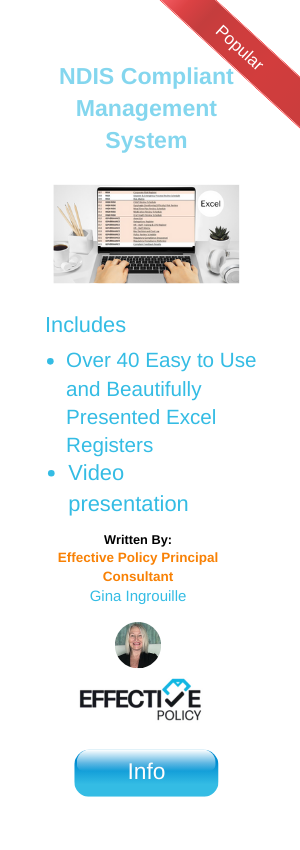
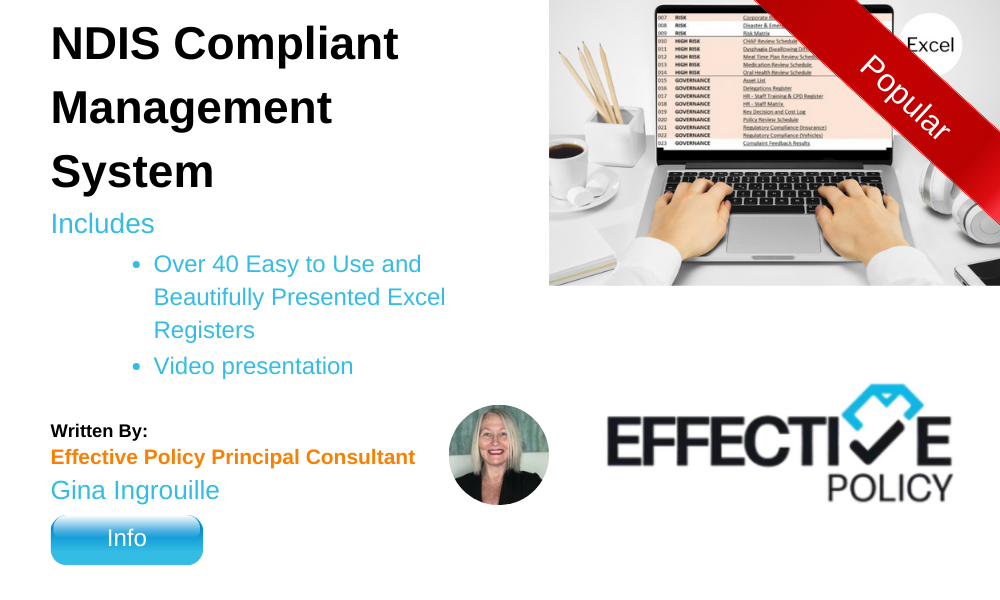



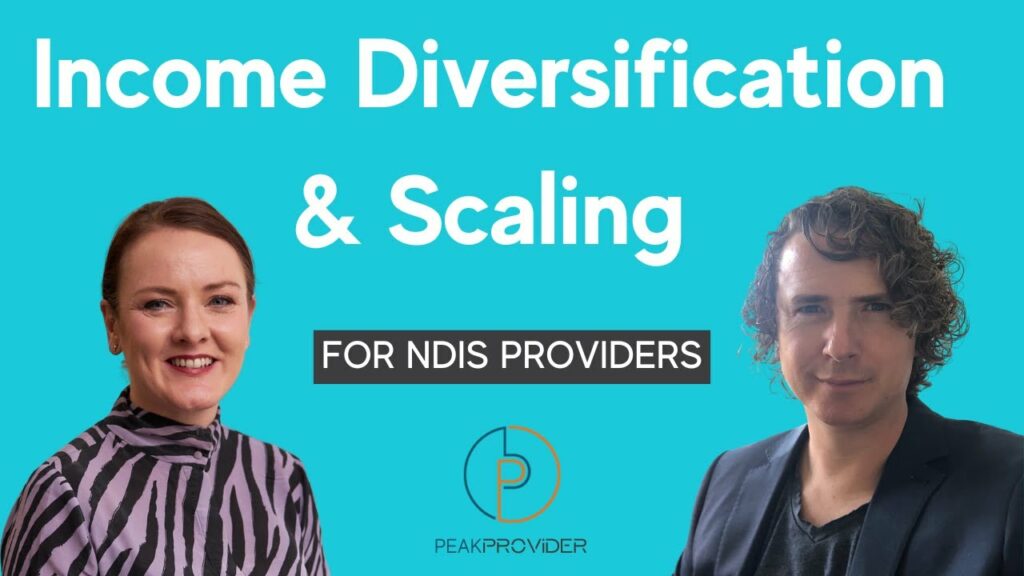

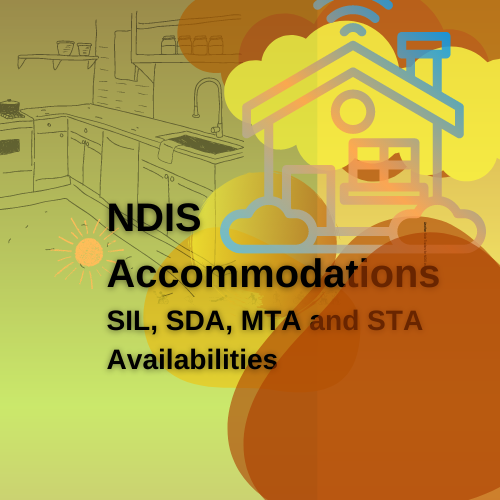


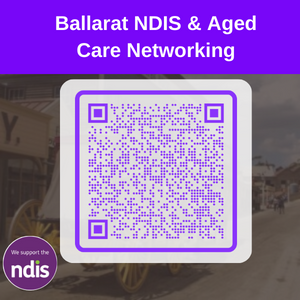
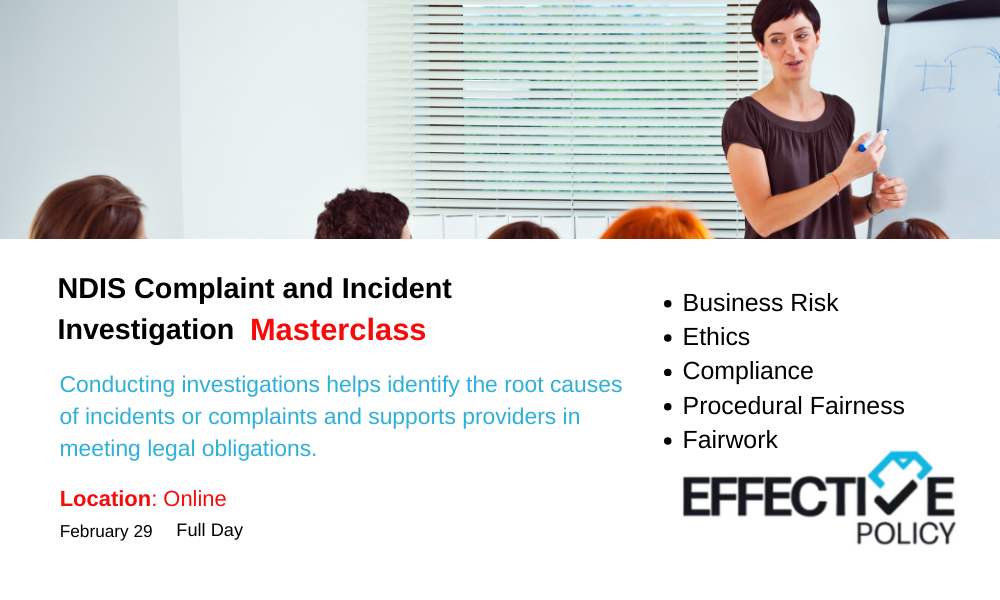























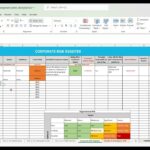




Responses